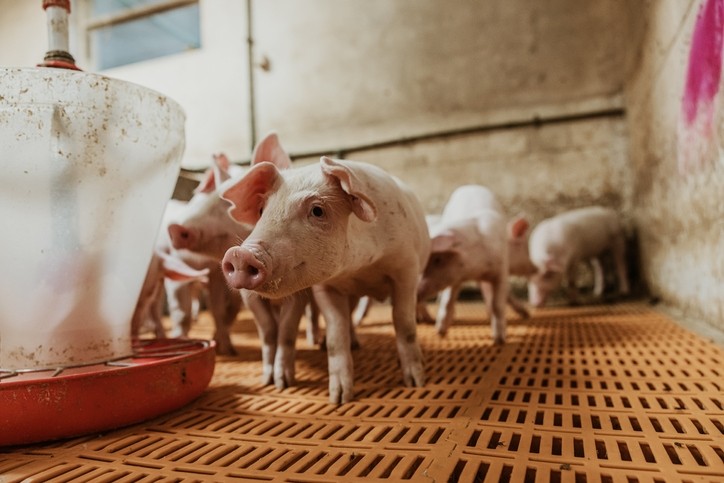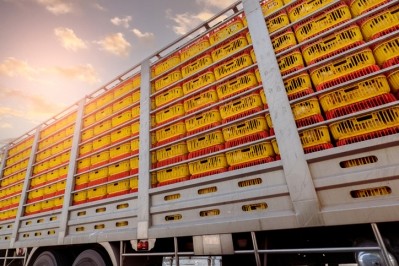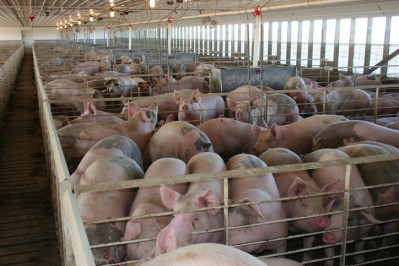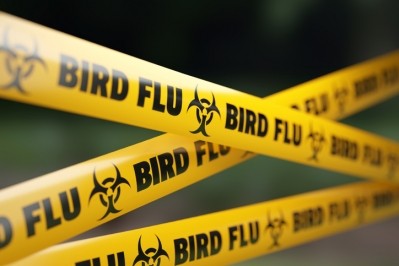Animal disease, costs and conflict dampening EU compound feed demand

Animal diseases and the economic impact of the war in Ukraine are the main factors undermining compound feed use, said the EU trade group.
The estimates show EU compound feed production (EU27) for farmed animals in 2022 will drop by 5m tons, reaching 145m tons, compared to 2021, when output hit 150m tons.
The large producer countries are forecasting a downward trajectory in terms of feed production this year: “Only feed manufacturers in the Baltics, Ireland, Poland, Bulgaria, and Slovenia are expected to keep feed production at a similar level to the last year.”
EU pig feed sector to suffer the biggest drop
The pig feed sector is likely to be the most affected, noted the industry representatives.
Swine feed production is estimated to decrease by 5,6% versus the previous year given the reductions in herd size, the decline in the number of sows and farmer exits.
“The situation is especially critical in Belgium (-11%), Denmark (-9%), Portugal (-8,4%), Germany (-8%), and the Czech Republic (-7,4%). The Netherlands and Belgium continue to depopulate their pig herds to reduce agricultural environmental emissions. Romania and Poland are very much impacted by African Swine Fever (ASF).”
The EU poultry feed sector will see a fall in output of -3,4% in 2022 compared to 2021, with the outbreaks of avian influenza (AI) behind some of that reduced demand. France, Belgium, Italy, and Hungary are the countries that are particularly hard hit in this respect.
Increased costs of production for feed, energy, and packaging for both eggs and poultry meat mean that farmers are postponing new production cycles and flock rotations, said FEFAC.
“The EU trade policy offering temporary ‘zero tariff, zero quota’ access for Ukrainian products entering the EU led to significant imports of poultry meat and eggs in July and August. Finally, due to inflation pressures on disposable incomes, farmers have difficulties selling high-value products like organic and free-range.”
EU cattle feed production is projected to decrease by - 1.3% against 2021 data, despite the increased compound feed sales seen during the summer when grass yield was negatively impacted in the EU, especially in France, Denmark, the Benelux, and Southern Europe. “Farmers have reduced their herds and shortened lactation cycles both to respond to green policies and to reduce feed usage.”
Feed wheat could replace maize in formulations
The disappointing maize [corn] harvest in the EU (-19%) may lead to a switch in the feed ratio in favor of feed wheat, displacing maize.
FEFAC identifies higher utility charges, ongoing economic uncertainty, further costs linked to environmental and animal welfare policy measures, and the expected persistence of animal diseases as the main market drivers going into 2023.
Another key decider for the state of the EU feed industry next year will be whether the corridor enabling Ukrainian grain export flow will remain operational beyond November 2022, said the organization.








